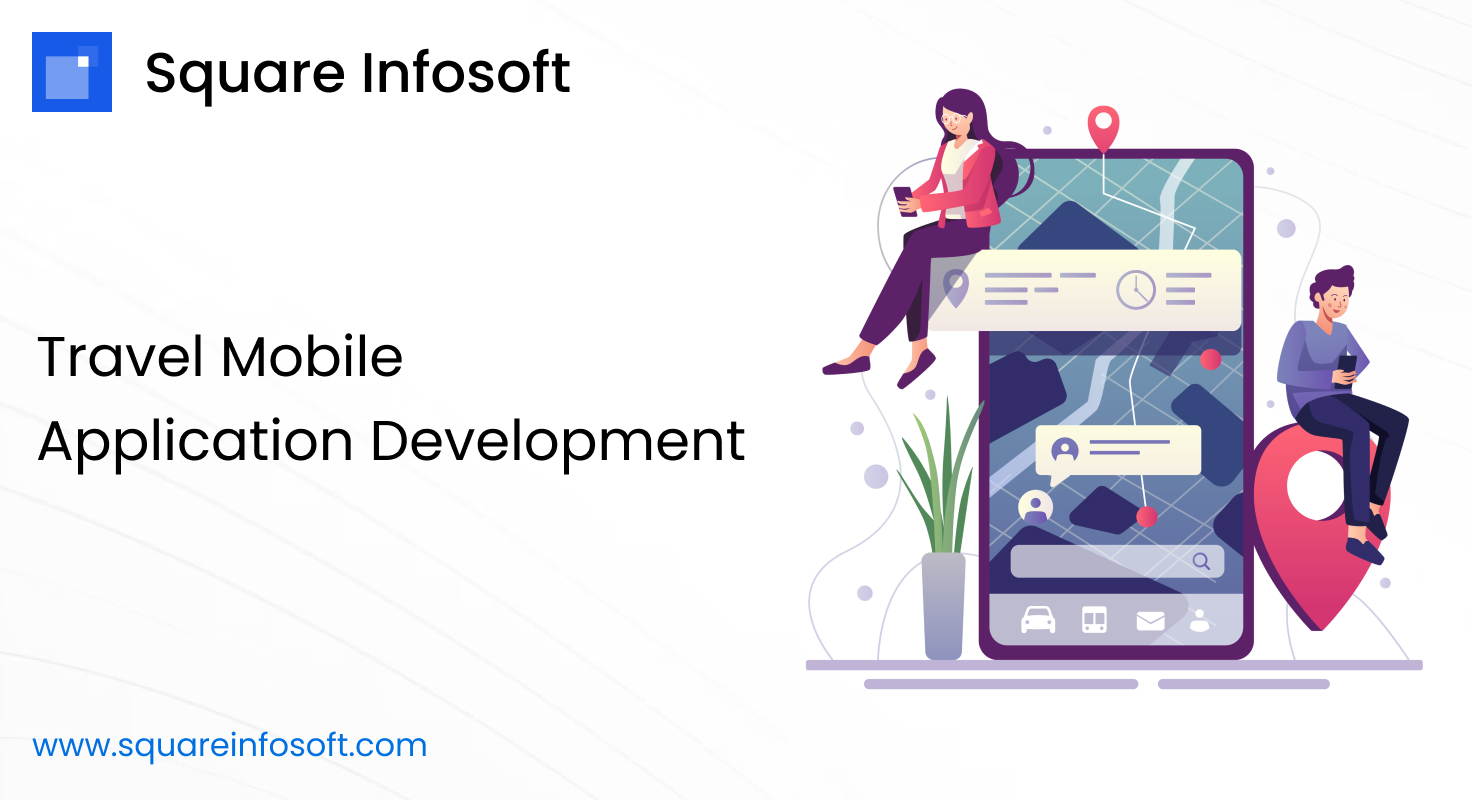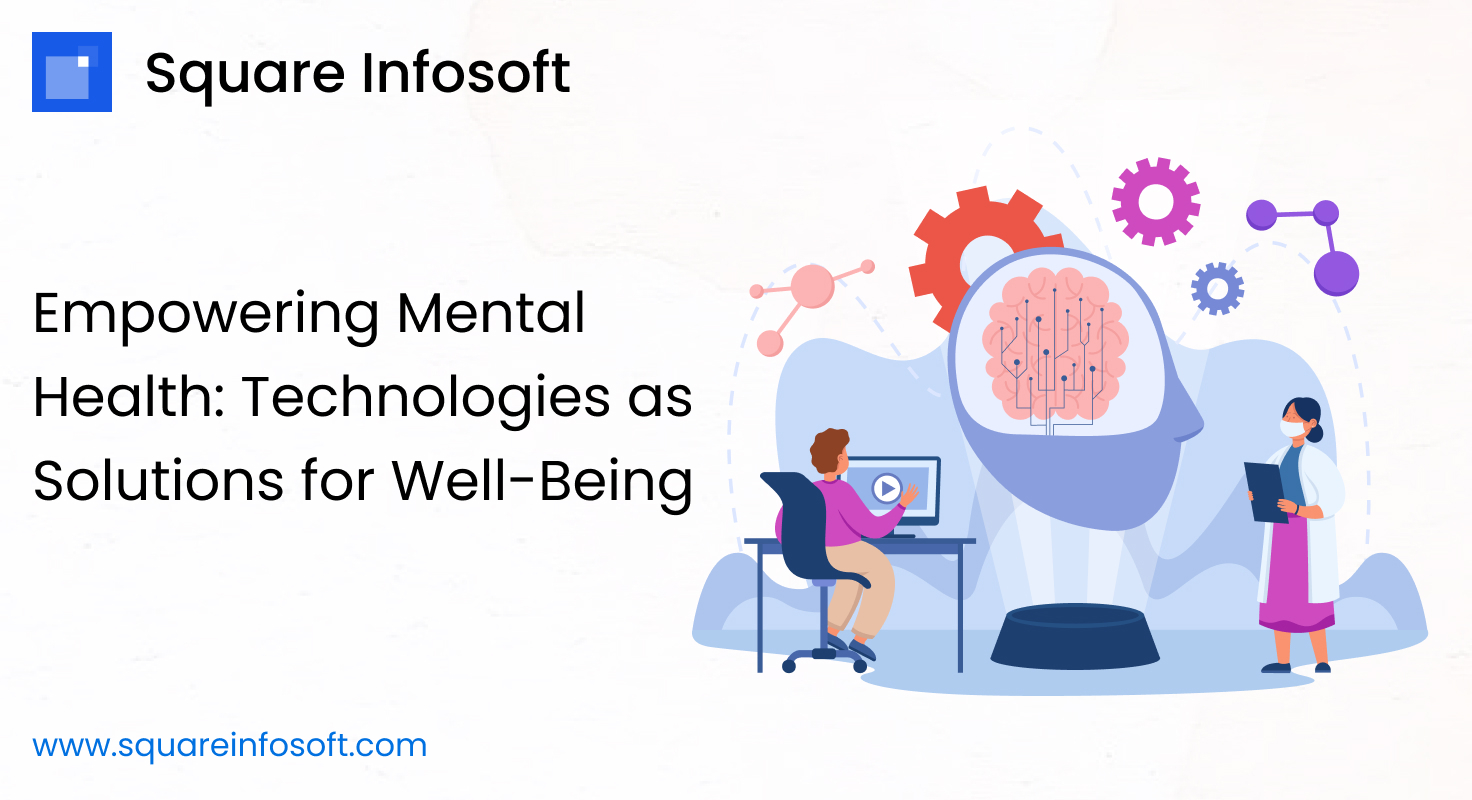Developing a mobile travel application can be a rewarding project. Such an app can provide users with a convenient way to plan their trips, book accommodations, find attractions, and more. Here’s a step-by-step guide to developing a travel app:
- Idea and Market Research:
- Start by defining the core features of your travel app. Will it focus on booking flights, hotels, providing travel itineraries, or all of these?
- Competitive Analysis:
- Research existing travel apps to understand what they offer and how you can differentiate your app.
- Target Audience:
- Identify your target users. Are you catering to budget travelers, luxury seekers, adventure enthusiasts, or a niche market like business travelers or solo female travelers?
- Monetization Strategy:
- Determine how your app will make money. Common methods include in-app advertising, commissions from bookings, or premium subscription models.
- Design and User Experience (UX):
- Invest in a user-friendly, visually appealing design. Ensure your app is easy to navigate and intuitive.
- Platform Selection:
- Technology Stack:
- Choose the technologies and programming languages suitable for your app development, such as React Native, Flutter, or native development (Swift for iOS, Kotlin for Android).
- Database and Backend Development:
- Build a backend system for storing user data, travel information, and bookings. Consider cloud services like AWS, Azure, or Google Cloud.
- API Integration:
- Integrate APIs from airlines, hotels, and other travel service providers for real-time data on bookings, availability, and pricing.
- Features and Functionalities:
- Consider including features like flight and hotel booking, user profiles, travel itineraries, map and navigation, reviews and ratings, and social sharing.
- User Authentication and Security:
- Implement secure user authentication and data protection mechanisms to ensure the safety of user data and transactions.
- Payment Gateway Integration:
- Integrate secure payment gateways to facilitate bookings.
- Offline Accessibility:
- Consider allowing users to download maps, itineraries, and other essential data for offline access while traveling.
- Testing:
- Thoroughly test your app for usability, functionality, and security. Fix any bugs or issues that arise during testing.
- Beta Testing:
- Release a beta version to a small group of users for feedback and bug reporting.
- Feedback and Iteration:
- Use feedback to make improvements and refine your app.
- Launch and Marketing:
- Publish your app on app stores (Google Play Store and Apple App Store). Create a marketing strategy to promote your app. Utilize social media, influencer marketing, and ASO (App Store Optimization).
- User Support and Maintenance:
- Provide customer support for app users and regularly update your app to fix bugs and add new features.
- Legal Considerations:
- Ensure that you comply with data protection regulations, intellectual property rights, and any other legal requirements.
- Feedback and Analytics:
- Implement analytics tools to track user behavior and gather insights. Continuously gather user feedback to improve the app.
Remember that the travel industry is highly competitive, so a unique selling point or a niche focus can help your app stand out. Additionally, ongoing updates and improvements are crucial to maintaining user engagement and satisfaction.




